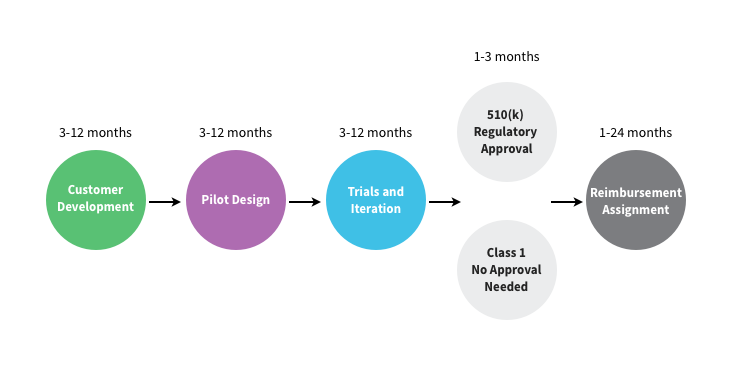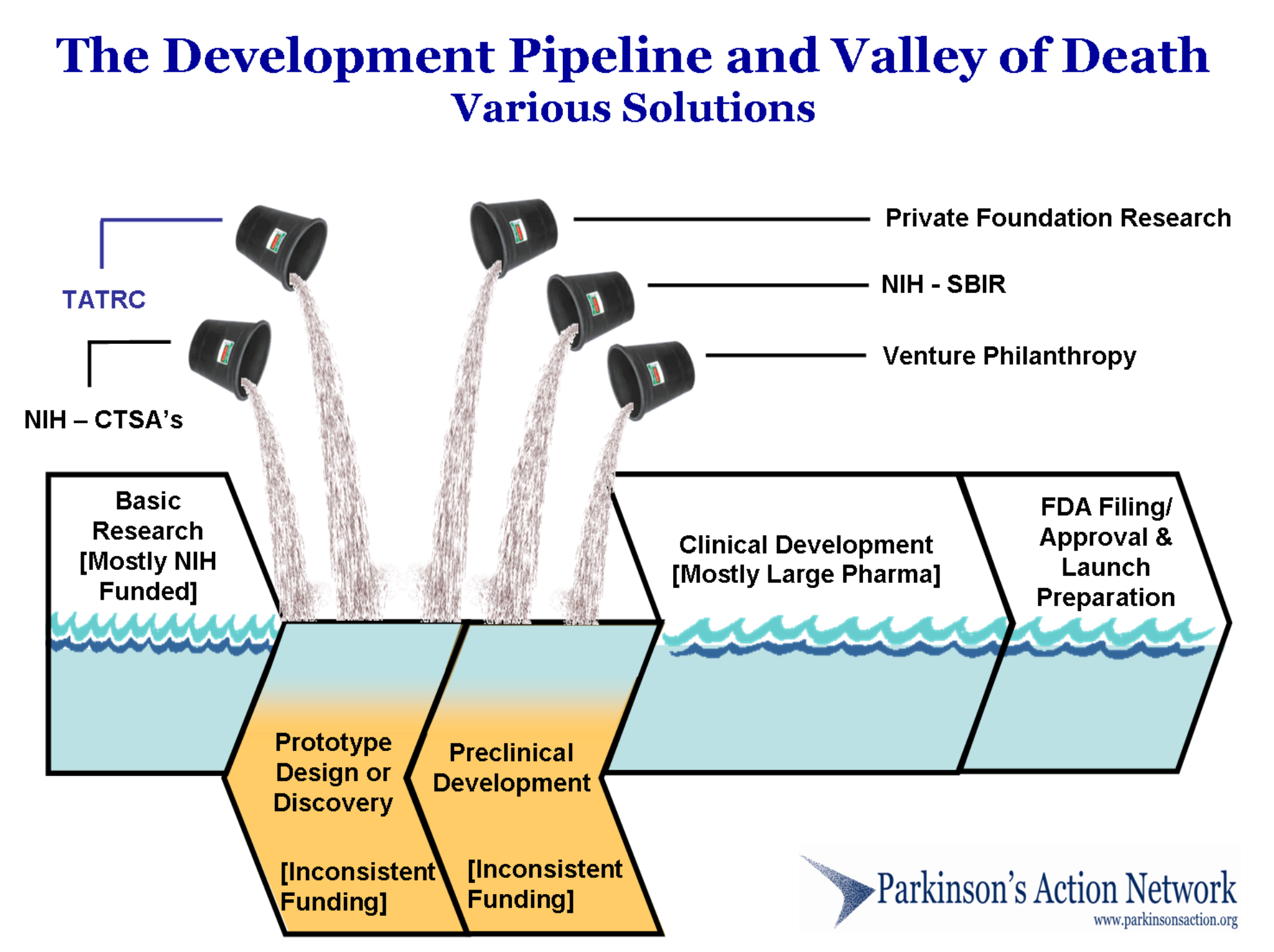Reinventing Life Science Startups Part II: The Rise of Digital Health
Over the last five years a series of applications that fall under the category of “Digital Health” has emerged. Examples of these applications include: remote patient monitoring, analytics/big data (aggregation and analysis of clinical, administrative or economic data), hospital administration (software tools to run a hospital), electronic health records (clinical data capture), and wellness (improve/monitor health of individuals). A good number of these applications are using smartphones as their platform.
Business Model Issues
- A good percentage of these startups are founded by teams with strong technical experience but without healthcare experience. Yet healthcare has its own unique regulatory and reimbursement issues and business model issues that must be understood
- Most of these startups are in a multisided market, and many have the same five-sided complexity as medical devices: patient, physician, provider, payer and regulator. (Some are even more complex in an outpatient / nurse / physical therapy setting.)
- Reimbursement for digital health interventions is still a work in progress
- Some startups in this field are actually beginning with Customer Development while others struggle with the classic execution versus search problem
Regulatory Issues
- Digital Health covers a broad spectrum of products, unless the founders have domain experience startups in this area usually discover the FDA and the 510(k) process later than they should.
Venture Capital
- Seed funding is still scarce for Digital Health, but a number of startups (particularly those making physical personal heath tracking devices) are turning to crowdfunding.
- Moreover, the absence of recent IPOs and public companies benchmarks creates uncertainty for VCs evaluating later investments too
Try Something New
The fact that the status quo for Life Sciences is not working is not a new revelation. Lots of smart people are running experiments in search of ways to commercialize basic research more efficiently.
Universities have set up translational R&D centers; (basically university/company partnerships to commercialize research). The National Institute of Health (NIH) is also setting up translational centers through its NCATS program. Drug companies have tried to take research directly out of university labs by licensing patents, but once inside Pharma’s research labs, these projects get lost in the bureaucracy. Realizing that this is not optimal, drug companies are trying to incubate projects directly with universities and the researchers who invented the technology, such as the recent Janssen Labs program.
But while these are all great programs, they are likely to fail to deliver on their promise. The assumption that the pursuit of drugs, diagnostics, devices and digital health is all about the execution of the science is in most cases a mistake.
The gap between the development of intriguing but unproven innovations, and the investment to commercialize those innovations is characterized as “the Valley of Death.”
We believe we need a new model to attract private investment capital to fuel the commercialization of clinical solutions to todays major healthcare problems that is in many ways technology agnostic. We need a “Needs Driven/Business Model Driven” approach to solving the problems facing all the stakeholders in the vast healthcare system.
We believe we can reduce the technological, regulatory and market risks for early-stage life science and healthcare ventures, and we can do it by teaching founding teams how to build new ventures with Evidence-Based Entrepreneurship.
—-
Steve Blank is a serial entrepreneur and consulting associate professor at Stanford. He was named one of 2013’s 30 most influential people in Tech by Forbes, and in 2012, Harvard Business Review listed him as one of the “Masters of Innovation.” This post is the second of two excerpts we are featuring from “Medical Devices and Digital Health,” one of 12 posts in a series documenting Lean Launchpad for Life Sciences and Healthcare. The first class of this new program, teaching healthcare entrepreneurs how to move their technology from an academic lab or clinic into commercial settings and spearheaded by Blank at the UCSF Entrepreneurship Center, finished last December.

